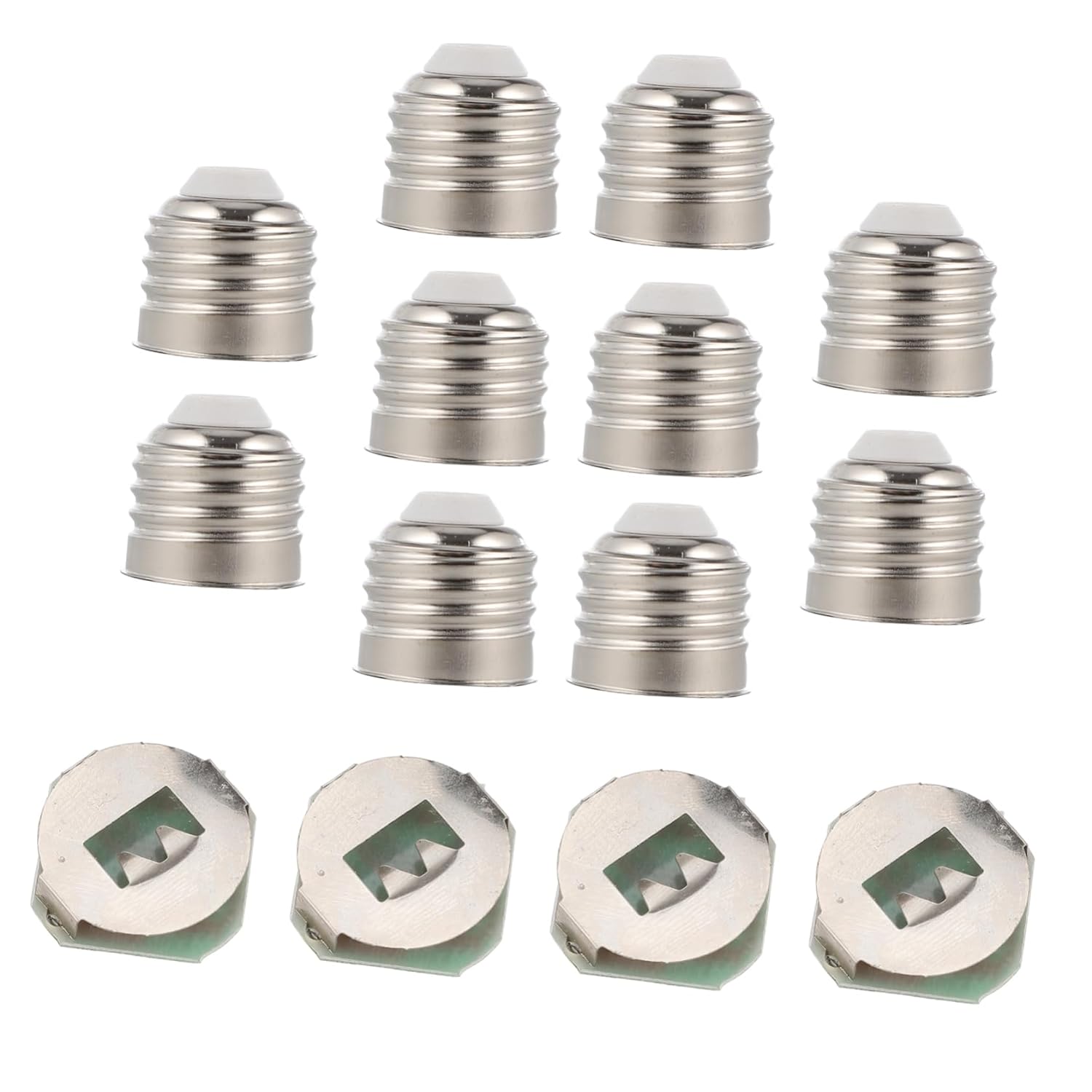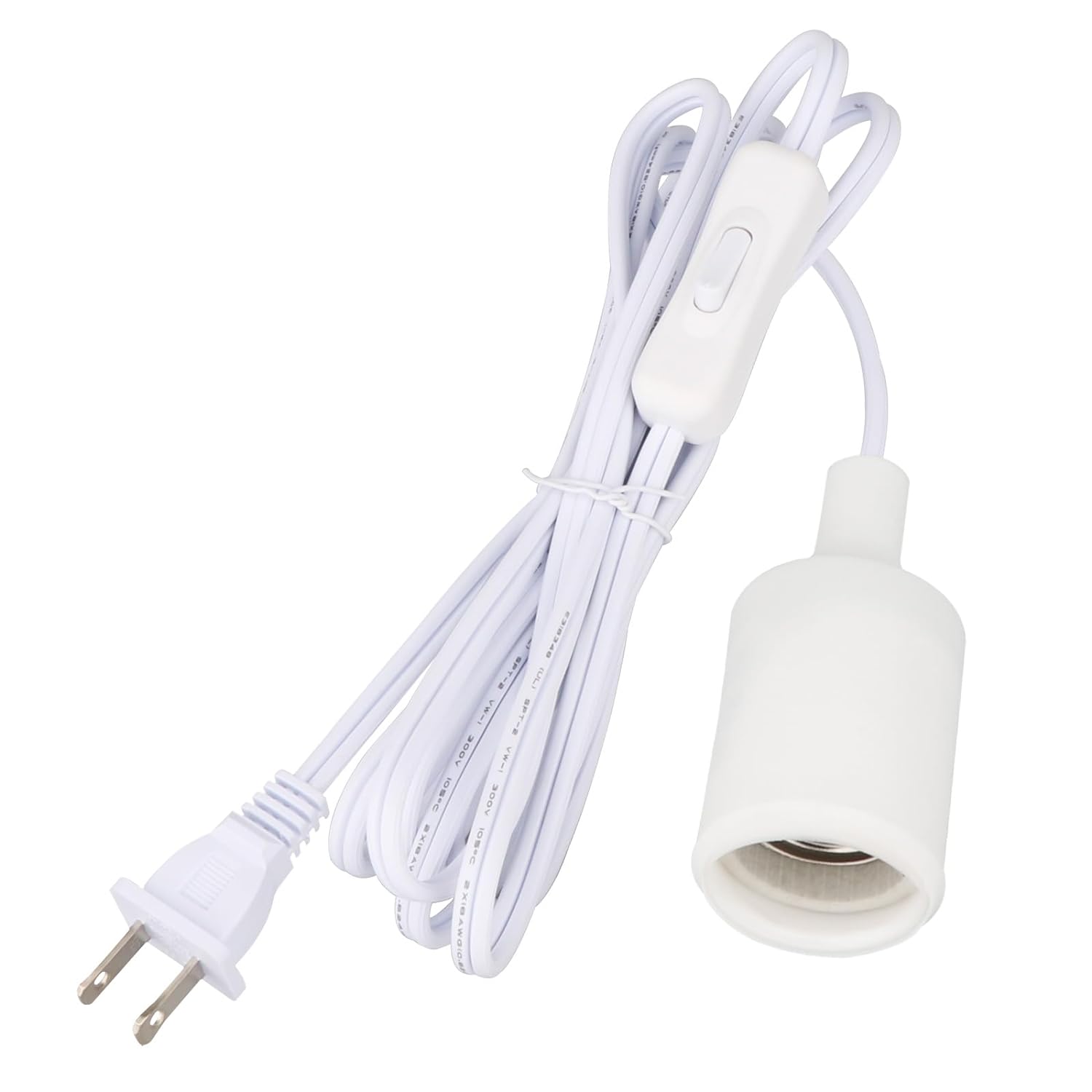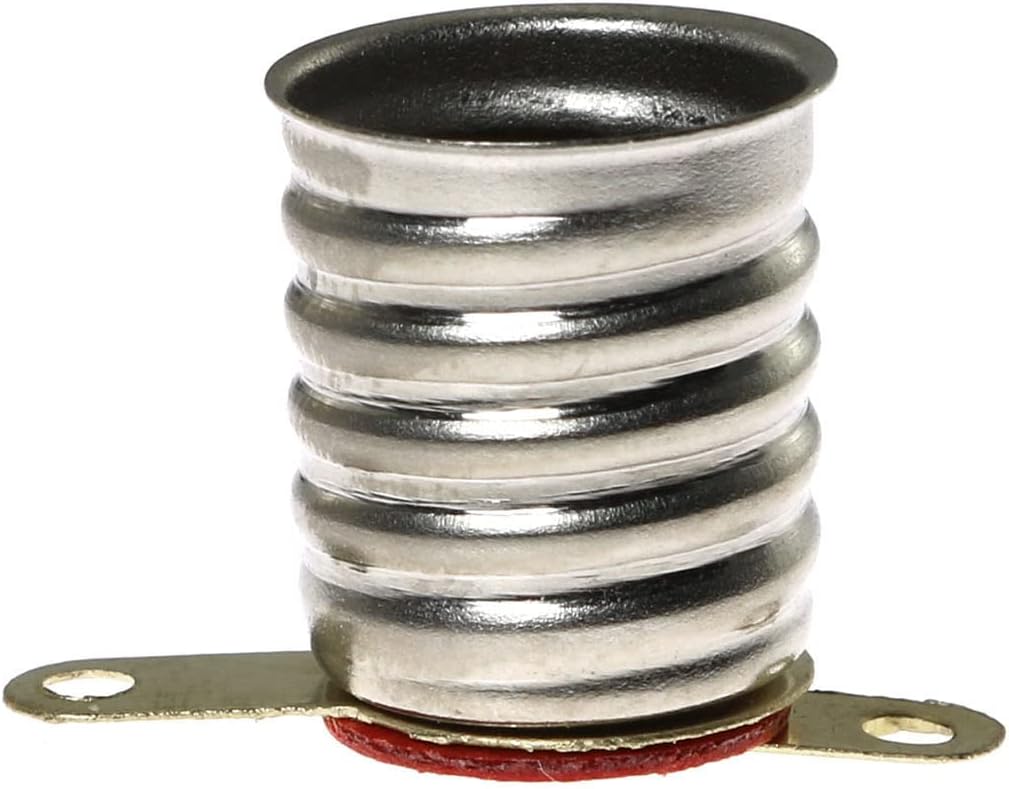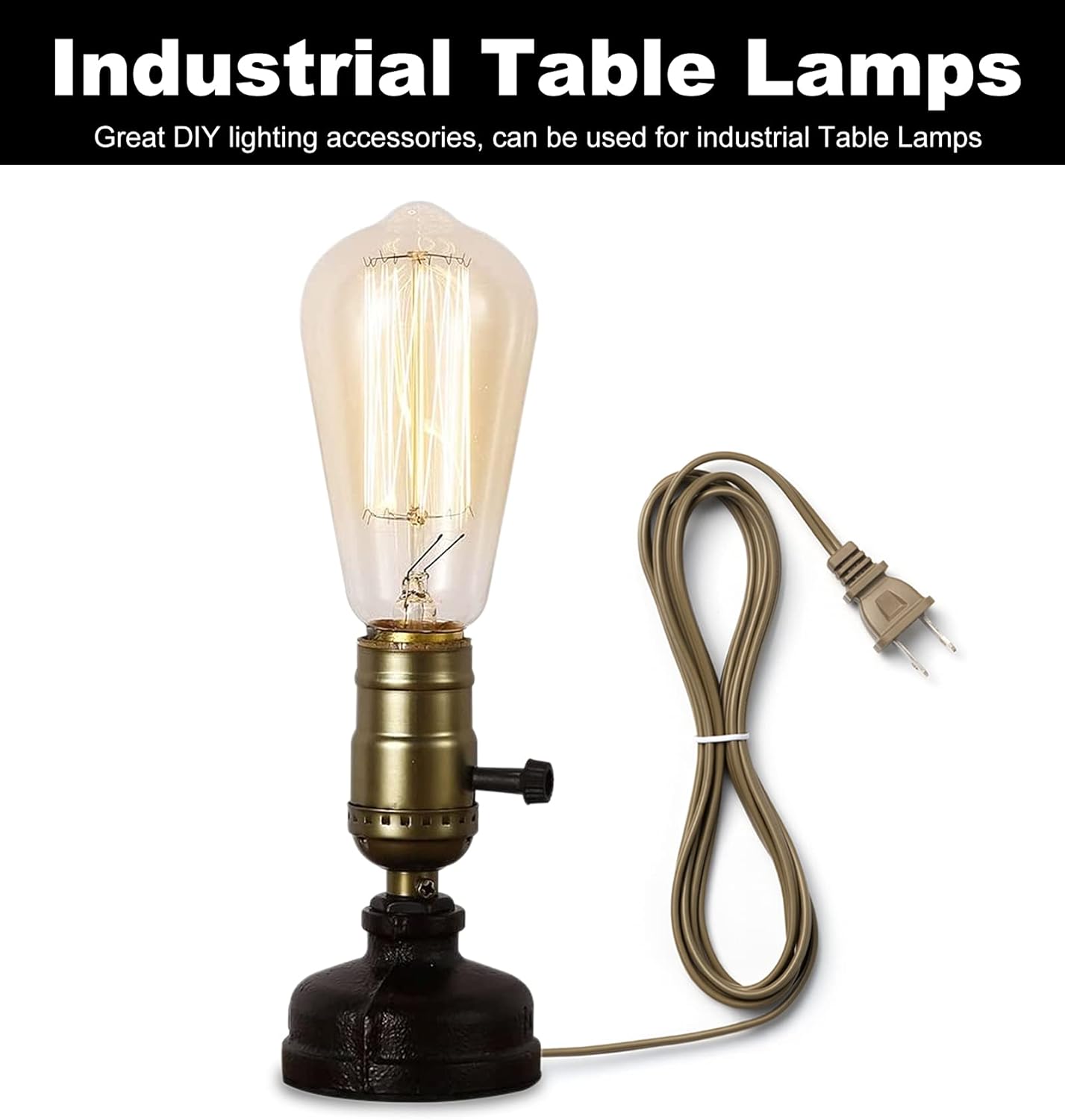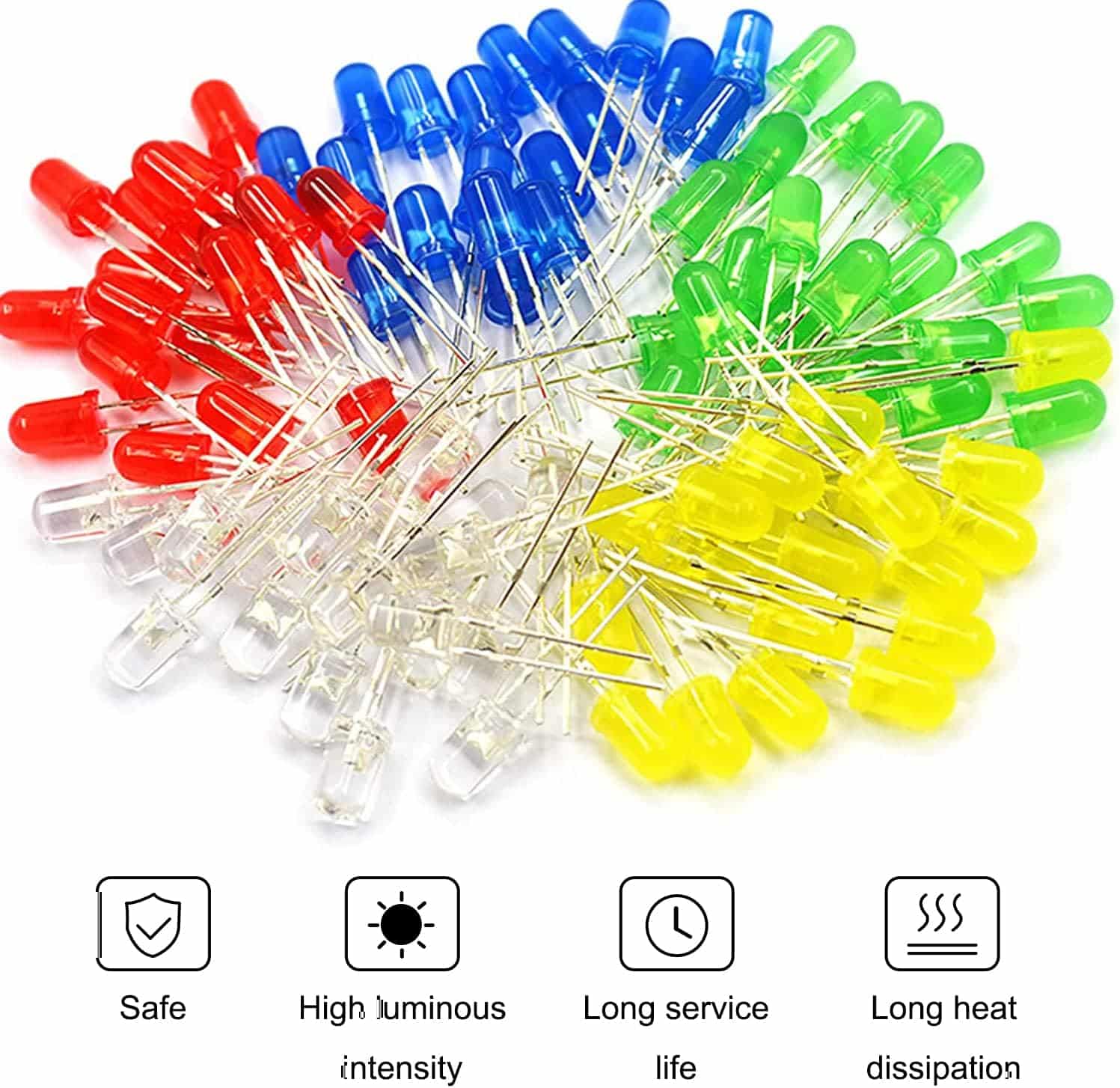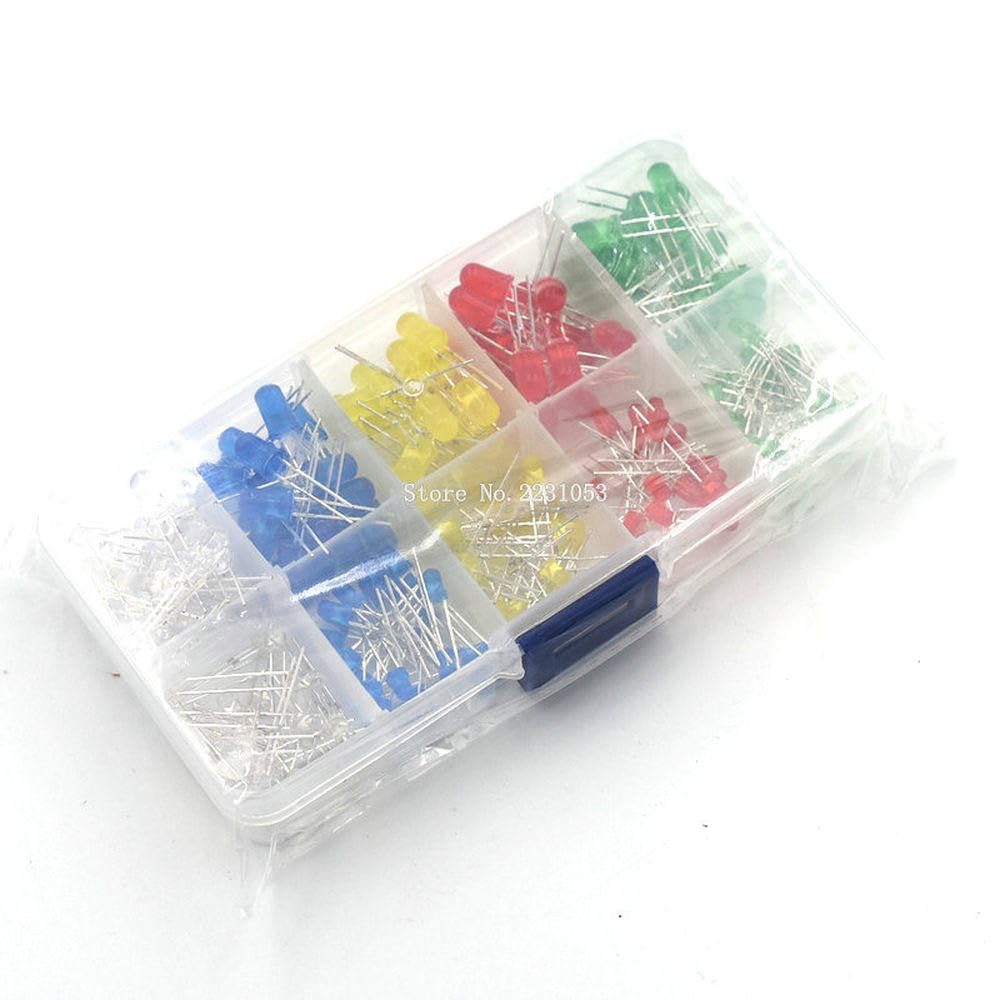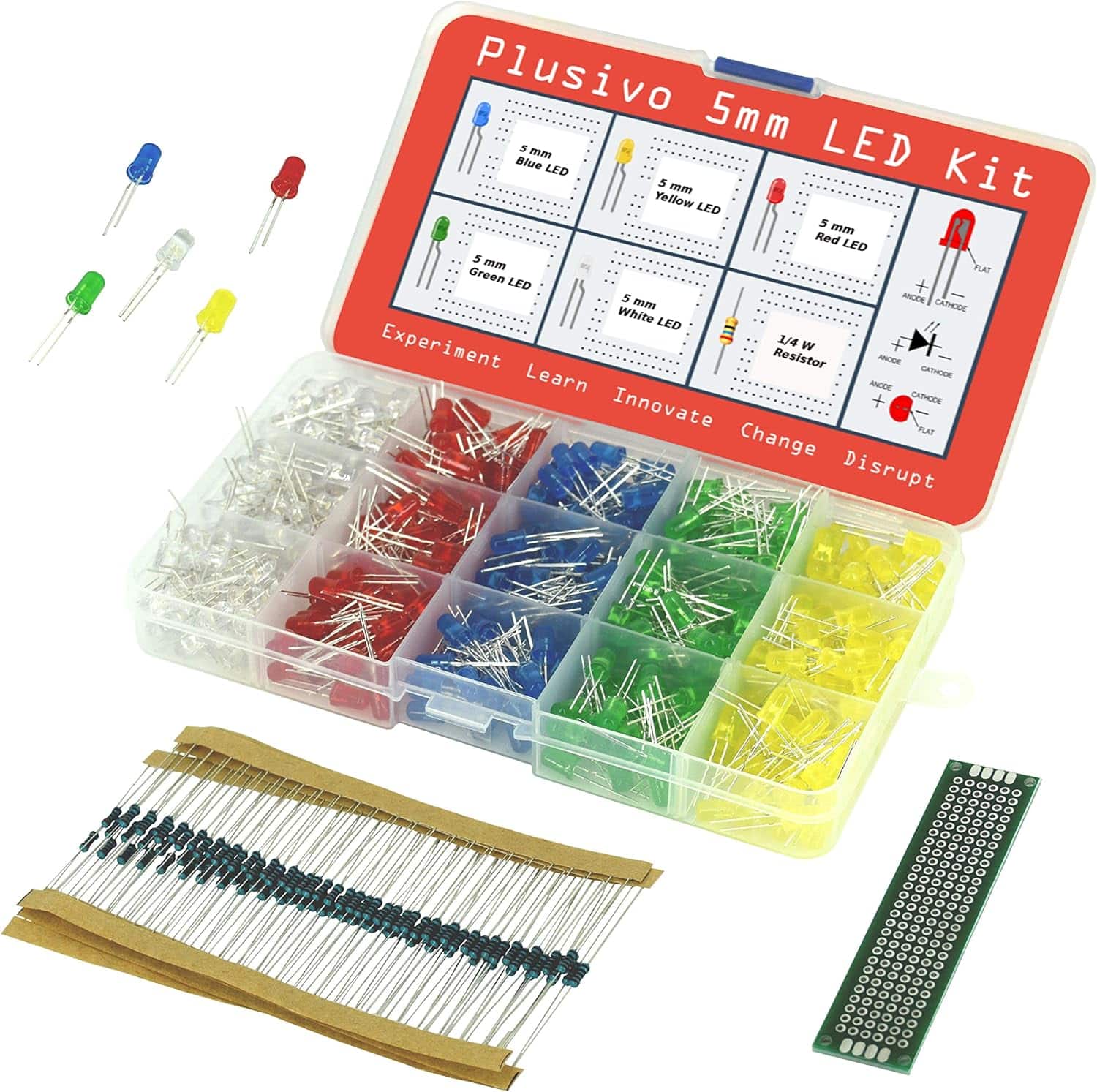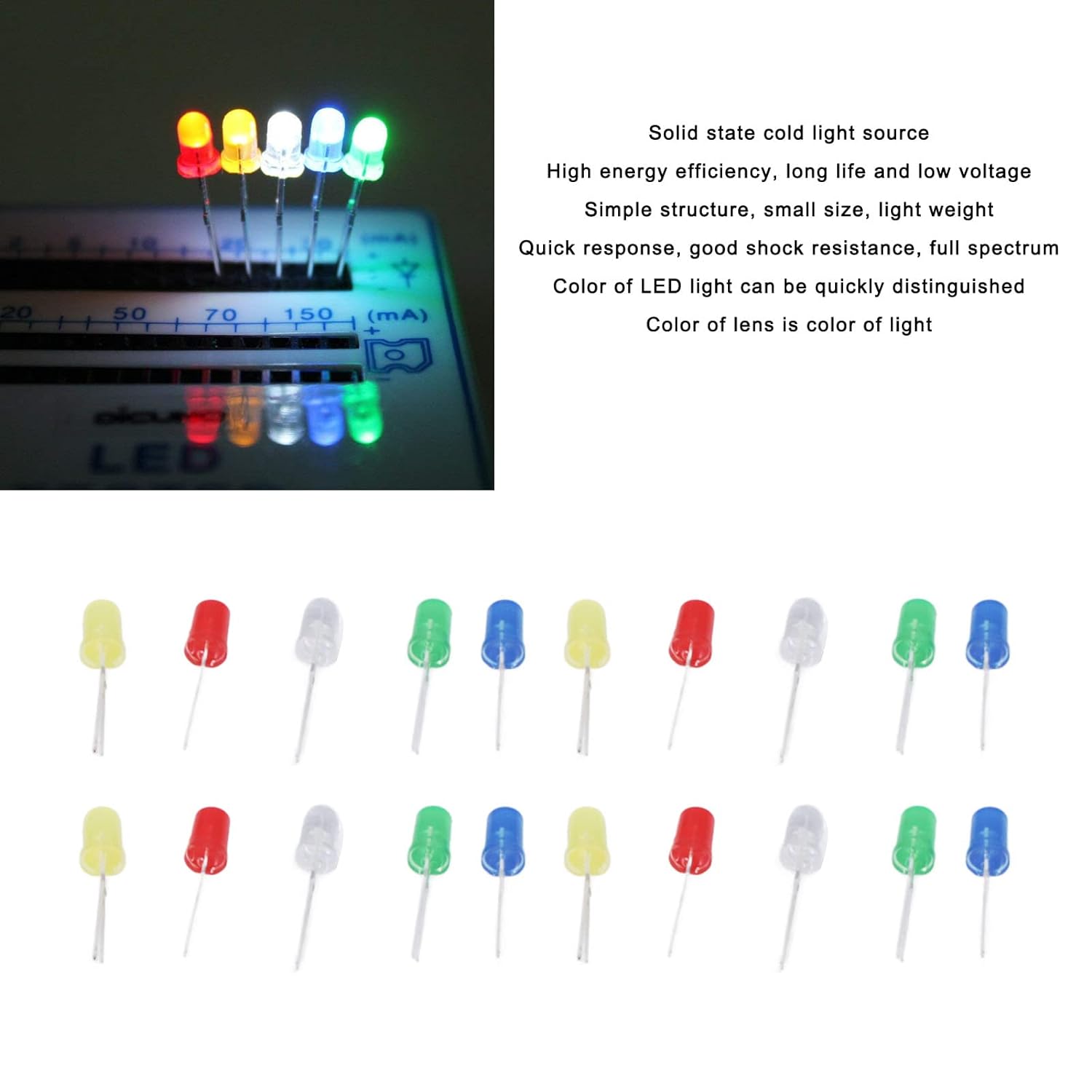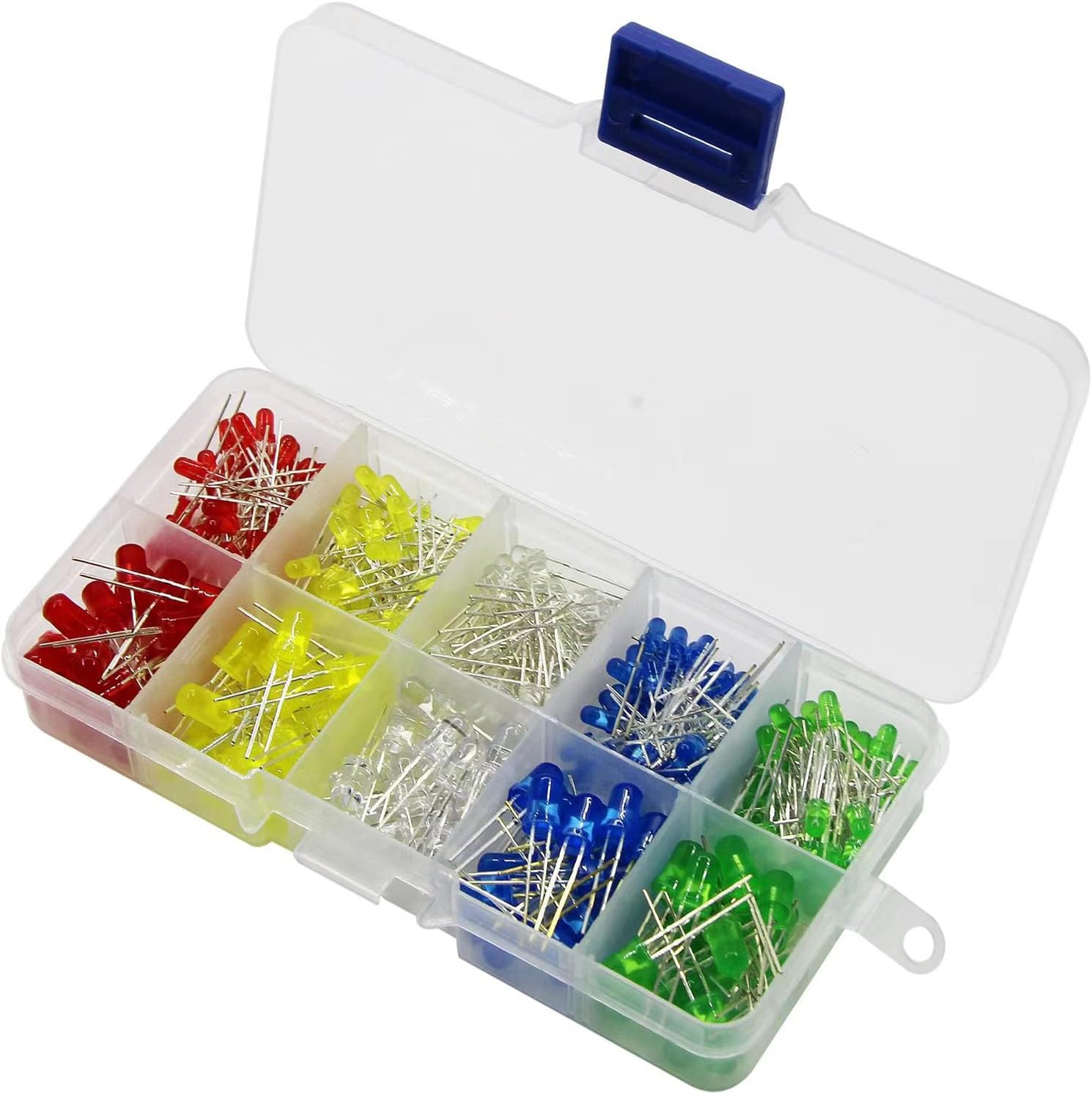Replacing track lighting at home doesn’t have to be a daunting task. With the right tools and a little bit of DIY know-how, you can easily upgrade your home lighting and enjoy the benefits of a modern lighting system. In this guide, we’ll walk you through how to replace track lighting, track lighting installation, DIY track lighting replacement, and how to choose the right components for a successful home lighting upgrade.
Key Takeaways
- Always turn off the power supply to the work area before starting any track lighting installation project.
- Choose the right track style, connectors, and lighting fixtures for your space and design preferences.
- Follow safety precautions and use proper tools for a smooth DIY track lighting replacement process.
- Ensure correct alignment and secure installation of your new track lighting system by following manufacturer instructions.
- Regular maintenance and troubleshooting can keep your track lighting functioning optimally for years to come.
Introduction to DIY Track Lighting Replacement
Track lighting has become a popular choice in modern home improvement projects due to its versatility and ease of installation. As a DIY project, replacing track lighting can be both cost-effective and enjoyable. In this section, we will discuss basic tips and information to guide you through successfully replacing your track lighting.
Before diving into your track lighting replacement project, it’s critical to prioritize safety. Always start by turning off the power supply to the work area. This will eliminate the risk of electrical shock during the replacement process. Additionally, it’s recommended to have a helper on hand and use communication tools, such as cell phones, to assist with tasks like identifying the correct circuit breaker.
Remember, safety first! Always make sure the power is off before starting any electrical project.
Once you’ve taken the necessary safety precautions, the next step is to remove the old fixture. Exercise caution while doing this, as the fixture may be heavy or unwieldy. Gently lower the fixture and expose the electrical box in preparation for the new track lighting system installation.
Pro tip: Use a cell phone or walkie-talkies to communicate with a helper while identifying the correct circuit breaker or completing tasks that require additional support.
Replacing track lighting is a practical and rewarding home improvement project. By following these basic lighting tips, you’ll be well on your way to successfully upgrading your home’s lighting system.
| Steps for DIY Track Lighting Replacement | Tips |
|---|---|
| 1. Turn off power supply and locate circuit breaker | Use a cell phone or walkie-talkie to communicate with helper |
| 2. Remove old fixture | Take caution with potential weight and size of the fixture |
| 3. Expose electrical box | Ensure all wires are visible and ready for new connection |
| 4. Install new track lighting system | Follow manufacturer’s instructions for proper installation |
Determining the Right Track Lighting for Your Home
Choosing a track lighting system for your home entails understanding track lengths and shapes, selecting the appropriate connectors and styles, and customizing the lighting to suit your room size and interior design. In this section, we will explore the various aspects of track measurements, home lighting design, and track connectors to help you make an informed decision for your room lighting setup and track lighting upgrades.
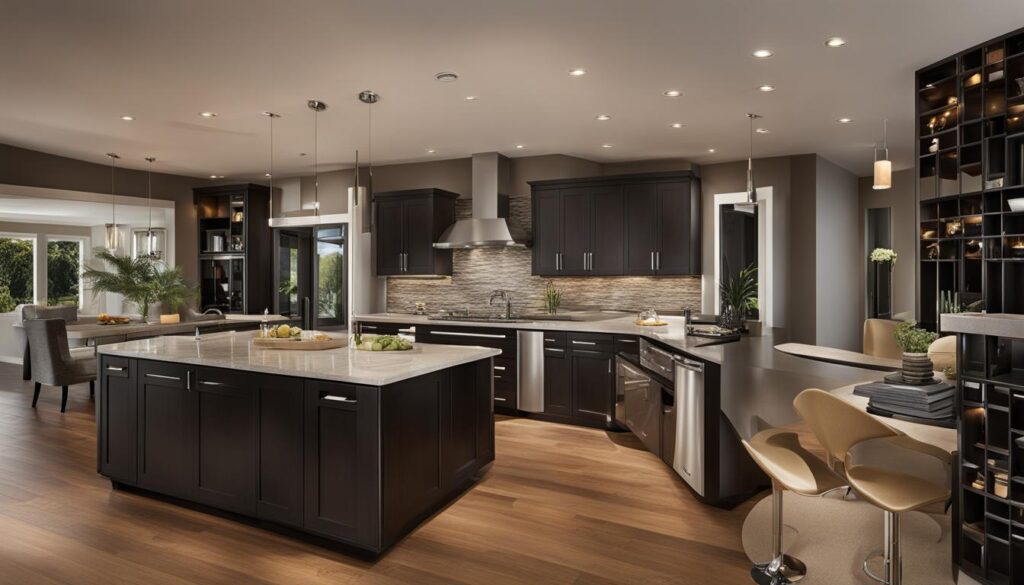
Understanding Track Lengths and Shapes
When it comes to picking the right track lighting system, one must consider the track measurements and shapes available. Tracks typically come in lengths of 4 feet or 8 feet, which can be cut to the desired size using a hacksaw. Straight tracks provide a linear and organized look, while curved tracks allow for added flexibility and fluidity in the spatial configuration of the lighting. The track shape you choose ultimately depends on the design requirements of your room and the ambiance you aim to create.
Selection of Connectors and Track Styles
Track connectors play a crucial role in forming various shapes and patterns for your track lighting system. These connectors are available in shapes like “L” and “T,” allowing you to make turns on the ceiling and create intricate lighting layouts. The choice of connectors should be in sync with your intended design, and you may need to customize the setup using additional parts, such as floating feeds, according to the installation instructions.
Track connectors play a crucial role in forming various shapes and patterns for your track lighting system.
In addition to connectors, it is essential to consider the different track lighting styles available. You can choose from a variety of designs, such as modern, industrial, or rustic, based on your interior style preferences.
Customizing Track Lighting to Room Size
Lighting customization goes beyond selecting the right track styles and connectors, as you need to ensure the lighting suits the size and function of your room. Start by measuring the ceiling space and planning your desired layout using connectors for multiple tracks. Next, assess the need for lighting fixtures that provide adequate illumination for the given area:
- Determine the primary purpose of the space; for instance, whether it requires ambient, task, or accent lighting.
- Identify focal points in the room, such as artwork, furniture, or architectural features, to highlight.
- Consider the height of the ceiling and the size of the room to determine the number and intensity of the lighting fixtures required.
Proper customization of your track lighting setup ensures a visually appealing and functional home lighting design, enhancing both the ambiance and usability of your space.
The Pre-Installation Safety Checklist
Before any track lighting installation work begins, it’s essential to prepare a safety checklist and follow some crucial electrical safety protocols. This helps prevent any potential dangers or accidents, ensuring a successful and safe DIY project.
Here’s a pre-installation safety checklist to assist you in taking all the necessary precautions before starting a track lighting replacement project:
- Turn off power: Switch off the power to the work area at the circuit breaker, ensuring no live wires during installation.
- Verify power is off: Check for the absence of power at the work area with a voltage tester or multimeter to confirm it’s safe to proceed.
- Tools and safety gear: Gather all required tools for the project, along with protective gear, such as safety glasses and gloves, to minimize any risk of injury.
Note: It’s always a good idea to have a helper nearby or available on call, especially when working with electrical tasks. They can assist with tasks such as double-checking if the power is off or if you need an extra hand during the installation process.
Before proceeding to the removal of the current lighting fixture, it’s essential to adhere to the pre-installation safety procedures presented above. Taking these electrical safety precautions will not only protect you during the DIY track lighting installation but also ensure an efficient and problem-free project.
Removing the Current Lighting Fixture
Now that you’re preparing for your track lighting replacement, the first step is to remove the outdated fixture in a safe and efficient manner. By following these steps, you can ensure a smooth transition to your new lighting system.
- Turn off the power supply to the current lighting fixture. This is an essential safety measure.
- Unscrew the existing fixture from its mounting bracket or plate. It helps to have a partner to hold the fixture or use a sturdy ladder for support.
- Before detaching the wiring, take a photo of the connections for future reference.
- Disconnect the wiring by unscrewing the wire nuts and removing any electrical tape.
- Carefully lower the old fixture and set it aside. Remember to recycle or dispose of it responsibly.
- Examine the exposed electrical box and wiring, ensuring it’s free of damage and ready for connecting to the new track lighting.

After completing the lighting fixture removal process, you can now proceed to the track lighting replacement steps. This can be an exciting opportunity for an outdated fixture upgrade, but it’s important to approach the process with patience and attention to detail.
Pro Tip: While removing the existing fixture, keep a container for screws and other small components to avoid any loss or damage.
With the old fixture out of the way, you’re well on your way to transforming your home lighting experience. In the following sections, we’ll go over the steps required for a successful track lighting installation, from wiring and configuring the new track to inserting and adjusting lighting fixtures. Soon enough, your home will be beaming with style and improved illumination.
Wiring and Preparing the New Track Lighting
Once the old fixture is removed, and the proper components are selected, it’s time to move on to the electrical wiring and preparation phase of the track lighting setup. A successful installation involves careful attention to wire management and effective component connection.
Wiring the Power End Adapter
Wiring the new track lighting starts with the power end adapter. This vital component connects the track lighting system’s power supply to the electrical box. To wire it properly, be sure to follow these steps:
- Match up the wires by color: Locate the black, white, and green wires of both the power end adapter and the electrical box.
- Secure the connections with wire nuts: Twist the matching wires together, clockwise, and then screw a wire nut over each connection. Ensure each connection is covered completely.
- Attach the metal mounting piece to the ceiling: Secure the mounting piece to the ceiling using the provided screws, while making sure the floating feed remains outside the electrical box.
It’s essential to follow these steps for a safe and functional track lighting setup. By taking the time to ensure proper connectivity, you’re investing in an efficient and long-lasting modern lighting solution.
Tip: If you’re not completely confident in your wiring skills, don’t hesitate to consult a professional electrician to ensure your safety and that of your home. Electrical wiring can be hazardous if not done correctly.
Once the power end adapter is successfully wired, you’re ready to proceed with the installation of the mounting plate, track, and lighting fixtures. Keep in mind that the careful execution of each installation step is crucial to achieving an optimal track lighting system.
Installing the Track Lighting Mounting Plate

Mounting plate installation is a crucial step in setting up your new track lighting system. A secure lighting fixture and the proper alignment of the track depend on the accurate installation of the mounting plate. In this section, we will guide you through the process of installing the track lighting mounting plate with ease and precision.
Ensuring Alignment and Secure Installation
Begin by measuring the spacing of your track’s mounting holes and marking their positions on the ceiling. These marks will serve as guides when drilling holes for the toggle bolts, ensuring that the mounting plate aligns properly with the track lighting system. To further simplify the process, follow the steps outlined in the list below:
- Turn off power supply to the work area to ensure electrical safety.
- Measure and mark the locations of the track’s mounting holes on the ceiling.
- Using a drill, create holes for the toggle bolts where you have marked their positions.
- Insert the toggle bolts into the drilled holes, ensuring they are secured tightly.
- Attach the mounting plate to the toggle bolts, aligning it according to the manufacturer’s directions.
Tip: Double-check your alignment and the security of the mounting plate before proceeding to attach the track.
Proper installation of the track lighting mounting plate ensures a secure and well-aligned track lighting system that will improve the overall aesthetic and functionality of your home.
Now that your mounting plate has been installed, you are one step closer to completing your track lighting upgrade. In the following sections, we will guide you through attaching and configuring the new track, inserting and adjusting lighting fixtures, and maintaining and troubleshooting your track lighting system to ensure optimal functionality and longevity.
Attaching and Configuring the New Track
After removing the current lighting fixture and wiring the power end adapter, it’s time to attach and configure the new track. This process involves inserting connectors if using multiple tracks, securing the bolts, and ensuring the track is positioned close enough to the light fixture to connect the power source correctly.
To properly configure your lighting track, follow these steps in accordance with your track lighting installation guide:
- Insert connectors into track ends, if using multiple tracks. Review the instructions provided with your track connectors to ensure proper alignment and placement.
- Align the tracks with the mounting bracket on the ceiling. Ensure proper positioning, keeping in mind any room measurements and design considerations.
- Secure the track to the mounting bracket using the appropriate bolts, usually included with the track lighting kit. Tighten the bolts to ensure a stable and secure installation.
- Ensure that the track is close enough to the light fixture to connect the power source without strain or misalignment.
Once you’ve completed these steps, your new track should be securely in place and ready for the addition of light fixtures.
Attaching and configuring a new lighting track is an essential part of any home lighting improvement project. Following a track lighting installation guide and taking time to accurately measure and align components can make a significant impact on the final result of your lighting upgrade. With proper installation and attention to detail, track lighting offers a versatile and visually appealing lighting solution for any home.
Inserting and Adjusting Track Lighting Fixtures

After installing the track on the ceiling, it is time to insert and adjust the track lighting fixtures. This process includes selecting the right style and size for your interior design, inserting the fixtures into the track, and testing them for proper functioning. The following steps will guide you through the process:
- Select a suitable fixture style and size. Consider the room’s design and lighting needs to choose the perfect fixtures. Different types of track lighting ideas can be found online, ranging from simple spotlights to decorative pendants. Decide on a style that complements your room’s décor and provides adequate illumination.
- Insert the fixtures into the track. Slide the fixture into the track through its adapter and secure it by tightening the screws or clips. Make sure the adapter is correctly positioned within the track for proper electrical connection. Repeat this process for every fixture you intend to add to the track.
- Complete the wiring. Following the manufacturer’s instructions, connect the fixtures to the power source, making sure the wires are connected safely and securely.
- Adjust the lighting direction and angle. Track lighting is an incredible customizable adjustable lighting solution, allowing you to point each fixture towards a specific area or object in the room. Adjust the fixtures’ direction and aim them at the desired spots to achieve the perfect lighting setup.
- Turn the power back on and test the setup. Once everything is in place, switch the power back on and test the light switches to ensure each fixture is working correctly. If necessary, make any further adjustments.
Installing light fixtures is an essential step in upgrading your track lighting system. Following these steps will ensure your new lighting setup looks great, functions correctly, and enhances the beauty of your room.
Track Lighting Troubleshooting and Maintenance
Although track lighting systems are regarded as reliable and long-lasting, occasional issues may affect their performance. Regular lighting maintenance and prompt fixture repair can ensure optimal functioning and longevity. In this section, we will discuss common issues and quick fixes for track lighting troubleshooting, allowing you to enjoy your lighting system without any hassle.

Common Issues and Quick Fixes
Now that you’ve installed your new track lighting system, it’s time to address any potential issues that may arise. Below is a list of common problems and their solutions:
- Loose or faulty connections: A loose or faulty connection can lead to flickering or non-functional lights. Check the connections between the track and the power source, or between light fixtures on the track. Ensure all connectors are properly secured and that there is no damage to the wires.
- Defective track lighting components: If a light fixture isn’t working, it might be due to a faulty component within the fixture itself. Remove the fixture from the track and check for any sign of damage or wear, such as burnt-out bulbs or damaged wires. Replace any damaged components as necessary.
- Overloaded electrical circuits: Track lighting systems draw power from your home’s electrical system. If you have too many devices connected to the same circuit, it could lead to system overload, causing circuit breakers to trip. Ensure your track lighting is connected to a dedicated circuit with an appropriate amperage rating.
- Using incompatible bulbs: Make sure you’re using the correct type and wattage of bulbs specified by the manufacturer. Incompatible bulbs may result in reduced performance or even damage your track lighting system.
To further assist with track lighting troubleshooting, use a multimeter to test continuity and voltage levels within the system. This will help you identify any electrical issues, and make the necessary adjustments or repairs.
“Regular lighting maintenance and prompt fixture repair can ensure optimal functioning and longevity.”
By staying attentive to these common issues and addressing them quickly, you can keep your track lighting system running optimally and extend its life. Don’t forget to schedule regular inspections, clean the components, and replace aged or damaged parts as needed to enjoy a well-lit and beautiful space.
| Issue | Quick Fix |
|---|---|
| Loose or faulty connections | Check and secure all connections, assess wire integrity |
| Defective components | Inspect and replace damaged parts |
| Overloaded electrical circuits | Connect track lighting to a dedicated circuit |
| Incompatible bulbs | Use the correct type and wattage of bulbs |
Conclusion
Completing a track lighting upgrade successfully involves careful planning, adherence to safety protocols, and selecting the right components for your home’s design. Now that you’ve completed your DIY installation, you can sit back and admire the upgraded lighting system in your living space. Not only does track lighting provide a modern and efficient lighting solution, but it also offers a variety of benefits for homeowners.
One significant benefit of track lighting is its versatility. Homeowners can easily adjust and manipulate the direction of the individual lighting fixtures, making it perfect for room design changes or highlighting specific areas in your home. Additionally, track lighting systems have a long-lasting lifespan, allowing you to enjoy their functionality for years to come.
Maintaining your newly installed track lighting is essential for keeping it in optimal working condition. By conducting regular maintenance and addressing any troubleshooting issues that may arise, you can ensure your home lighting remains functional and looking great. Remember, the key to your track lighting upgrade completion lies in attention to detail, safety, and creating a design that truly represents your unique style and vision.
FAQ
What are the different track shapes and lengths available?
Track lengths typically come in sections of 4 feet or 8 feet and can be cut to the desired length using a hacksaw. Track shapes can be straight or curved, depending on the design requirements of the room.
How can I customize my track lighting to the room size?
Customizing track lighting involves measuring the ceiling space, planning out the layout using connectors for multiple tracks, and assessing the need for lighting fixtures that provide adequate illumination for the given area.
What safety precautions should I take before beginning the installation process?
Safety precautions include turning off the circuit breaker, verifying that power is off, and having all necessary tools and protective gear like safety glasses ready before beginning the installation process.
How do I remove the existing lighting fixture?
Removing the existing lighting fixture requires careful unscrewing, managing potentially cumbersome weight, safely putting away the old fixture, and exposing the wires in the electrical box for the new installation.
How do I install the track lighting mounting plate?
Installing the mounting plate consists of marking the spacing of the track’s mounting holes on the ceiling, drilling the holes for toggle bolts, and securing the lighting track with toggle bolts while ensuring proper alignment as per the manufacturer’s directions.
What are some common track lighting troubleshooting issues and how can I fix them?
Troubleshooting track lighting may involve addressing common issues such as faulty connections, troubleshooting with a multimeter, and making adjustments or quick fixes to ensure the lighting is operational.


